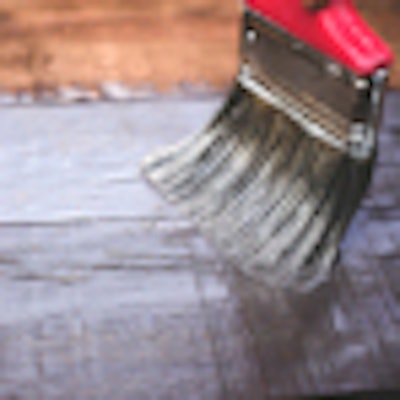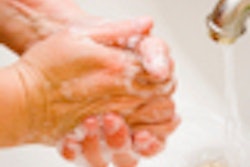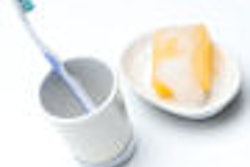
Shellacking your redwood deck with resin protects it from rotting, and the same approach may work on the exposed roots of your patients' teeth. That's more or less the reasoning behind two studies presented at the recent 2008 International Association for Dental Research (IADR) meeting in Toronoto.
Emine Eneren, D.D.S., a doctoral student in the department of restorative dentistry at Hacettepe University in Ankara, Turkey, led one of the studies. Her primary collaborator, Satoshi Imazato, D.D.S., Ph.D., of Osaka University in Japan, had previously invented a molecule called MDPB (the nickname for 12-methacryloyloxydodecylpyridinium bromide). He has published several papers showing this substance stops the growth of organisms associated with caries (for example, Dental Materials Journal, May 2007, Vol. 26:3, pp. 388-392). To take the next step in this line of research, the team studied the effects of coating roots with a resin containing MDPB.
They compared the effects on roots of coating with Top Coat resin (Kuraray) containing 1%, 2%, 5%, 10%, or 15% MDPB. The resin was applied to the cervical area of 25 extracted human tooth roots using Clearfil Protect Bond primer (Kuraray). Five teeth were treated with each of the five concentrations of MDPB, and all of the teeth were then immersed for four weeks in a neutral solution at 37° C. The five concentrations of MDPB were also applied to the roots of six teeth, and three of those teeth were then treated with acid. All 31 teeth were closely examined for extent of enamel loss.
— Kenichi Tajima, Tokyo Medical and Dental University
Only one of the five teeth coated with 5% MDPB and soaked for four weeks showed evidence of demineralization, compared to two to three of the five teeth treated with each of the other MDPB concentrations. Application of 5% MDPB also resulted in a coating thickness of just 38.7 µm, compared to 72.2 µm for 1% MDPB and a marginally thinner 31.4 µm layer for the 15% MDPB (p > 0.05 for all). Furthermore, the six acid-treated teeth had only small demineralized areas.
"The next step will be to test the MDPB layer with a toothbrush machine, to see if it provides resistance against abrasion," Dr. Eneren said.
Another Japanese study examined the anticaries effect of resin coating that did not contain an antimicrobial agent. Interestingly, it showed similar results to the other study.
Kenichi Tajima, a doctoral student in cariology and operative dentistry at Tokyo Medical and Dental University, led a trio of investigators. They compared the effects of four different types of self-etching primer adhesive systems: Clearfil SE Bond (Kuraray), Clearfil Tri-S Bond (Kuraray), G-Bond (GC), and Hybrid Bond (Sun Medical).
Tajima and his co-investigators ground the roots of 21 human premolars to flatten the dentin surface. They then applied to each dentin surface a single coat of the adhesive system, followed by light curing with a single coat of Clearfil SE Bond, Clearfil Tri-S Bond, and G-Bond. They also applied separately both a single and a double coat of Hybrid Bond. The areas of the root dentin surface that were uncoated served as a control. The specimens were then placed in water for one day and subsequently placed in a demineralizing solution at pH 4.5 for 3.5 days.
The researchers found that demineralization was completely prevented with the single coat of Clearfil SE Bond, Clearfil Tri-S Bond, and G-Bond, as well as with the double coat of Hybrid Bond. There was 42.7 µm of demineralization with the single coating of Hybrid Bond, and 215.5 µm of demineralization in the uncoated areas.
"This technique demonstrated good potential to prevent root dental caries," Tajima concluded.



















